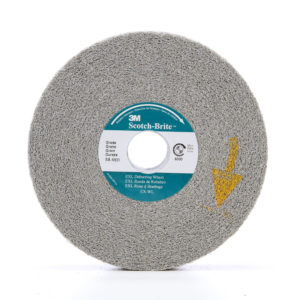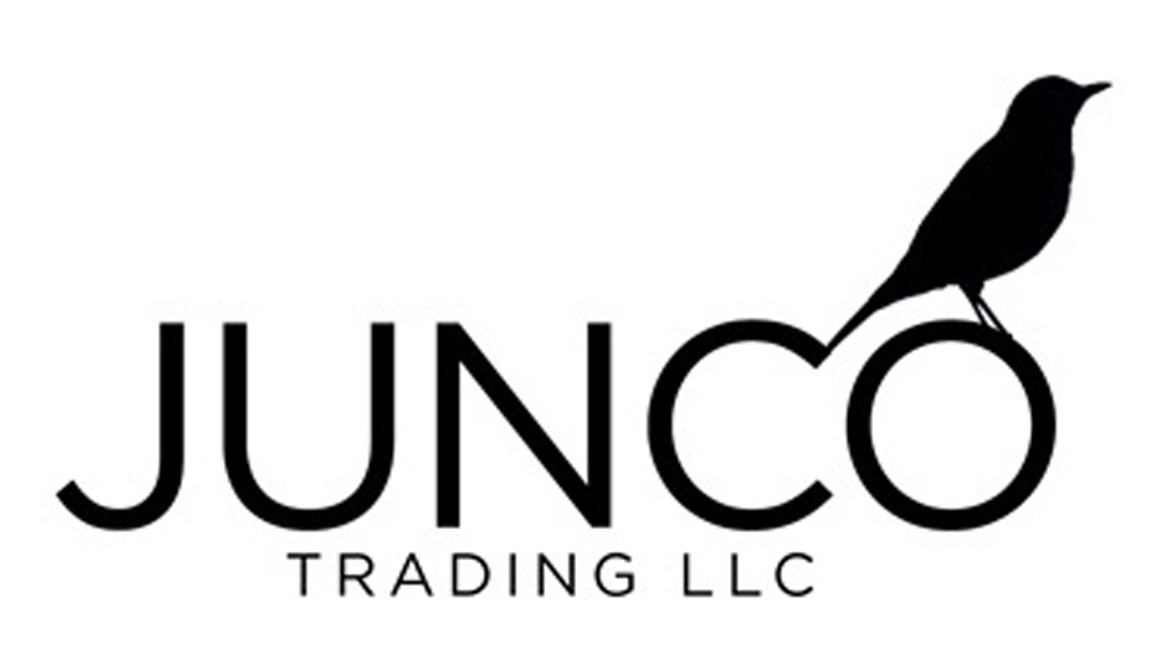Scotch-Brite Deburring
Scotch-Brite™ Deburring Wheels features a hard, dense consistency that quickly deburrs, finishes, and polishes all types of metals, composites, glass and leaves a smooth, clean surface. Its conformable characteristic makes the wheel ideal for deburring stamped or laser cut parts, or for finishing after belt sanding.
The finished result is a clean surface without smearing, reducing the need for additional clean up and preparation. Convolute construction and clean, uniform wear keep the wheel running smoothly and help the operator attain a professional finish while minimizing fatigue. Our Scotch-Brite material runs cool and provides the EXL Deburring Wheel with uniform wear and keeps fresh abrasives continuously exposed, making it a superior choice on heat sensitive substrates. The toughness of the wheel extends its service life. The Scotch-Brite™ Deburring Wheel is available with silicon carbide or aluminum oxide abrasive mineral. Silicon carbide is a synthetic mineral that is very sharp and commonly used for low-pressure applications such as paint prep and finishing. Aluminum oxide is a hard, blocky mineral that provides high cut-rate and long life. While silicon carbide breaks down faster than aluminum oxide, it produces a finer finish. Scotch-Brite™ is a unique surface conditioning product with abrasives incorporated into non-woven nylon fibers. Combining abrasives with the fibers creates an abrasive system that delivers consistent results for the life of the product. The open-web material is load resistant and keeps the abrasive minerals cutting at high performance by limiting clogging of the nylon fibers.
• Solid, dense, and conformable wheel produces a professional finish the first time, without undercutting, gouging, or distorting the workpiece
• Effective for all types of metals, composites, and glass, allowing one wheel to perform more tasks
• Convolute construction keeps the wheel running smooth, producing a consistent, superior finish
• Unique resin system minimizes smearing, reducing time spent cleaning surfaces
• Minimizes heat build up to reduce risk of discoloration and warping on heat-sensitive substrates

